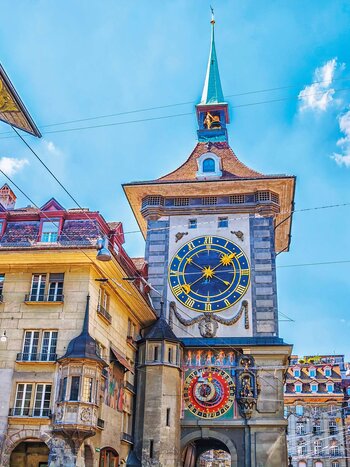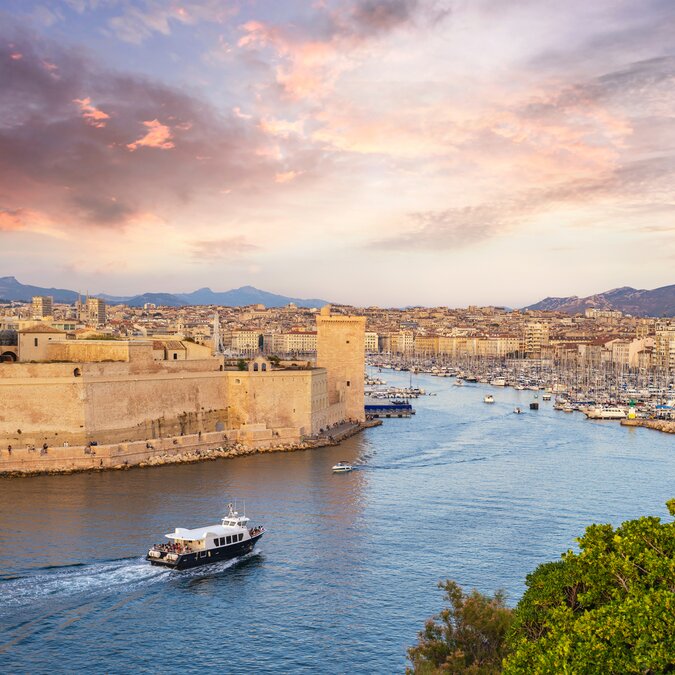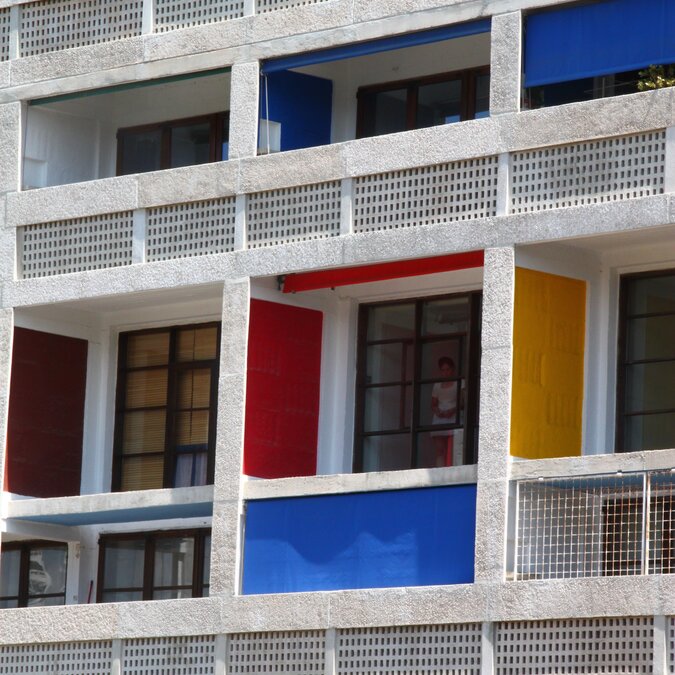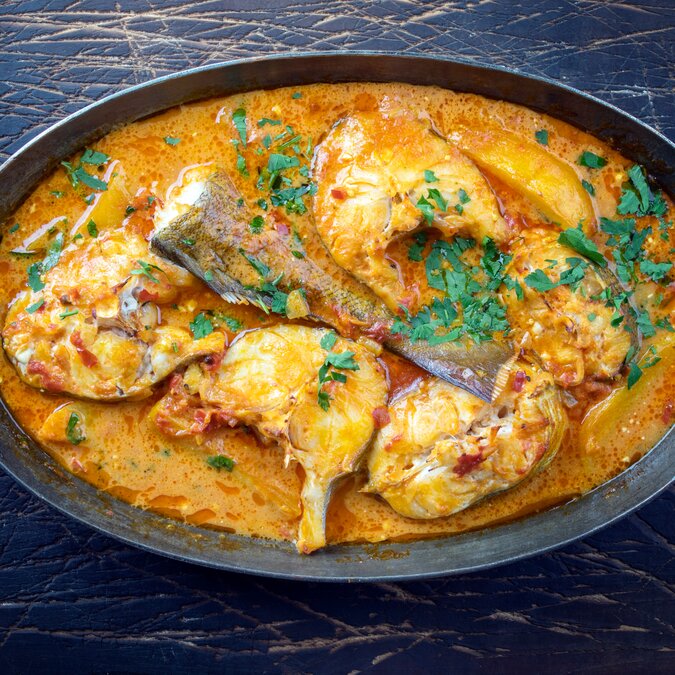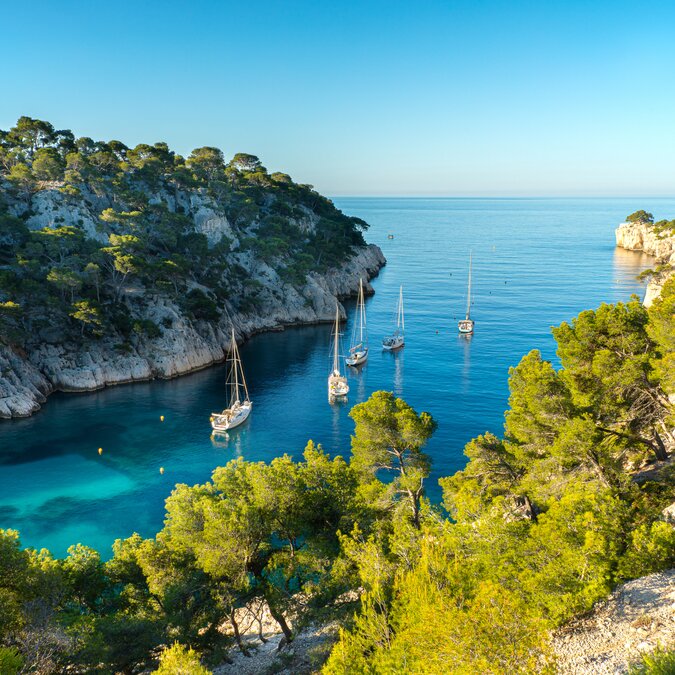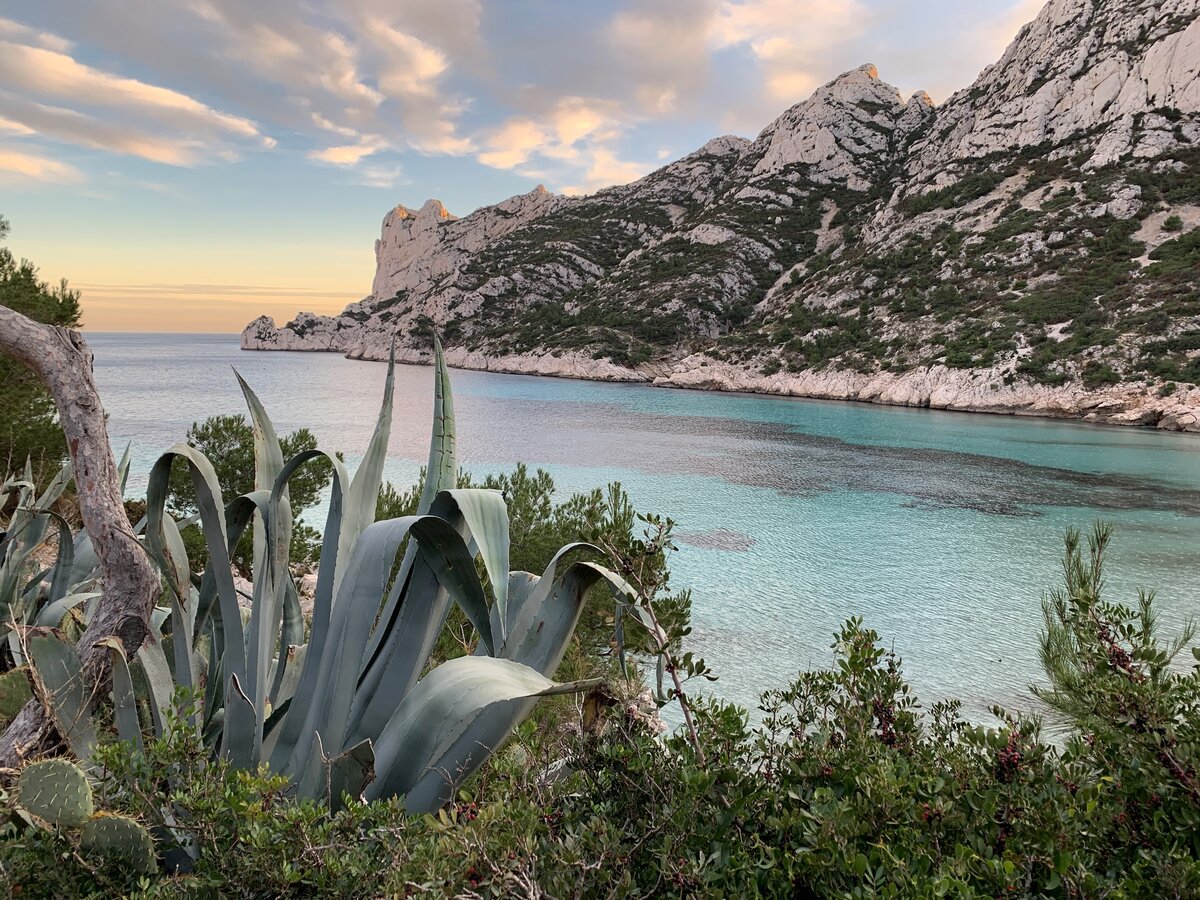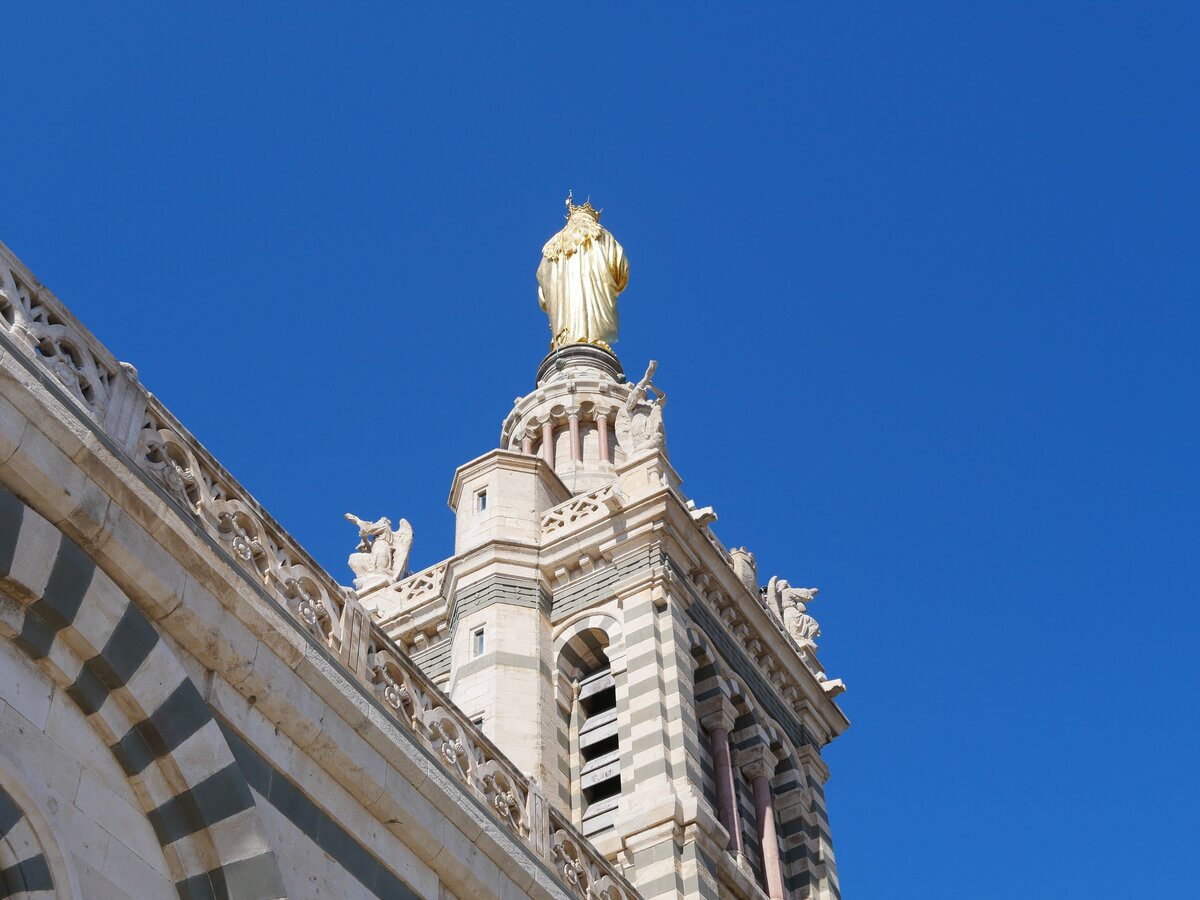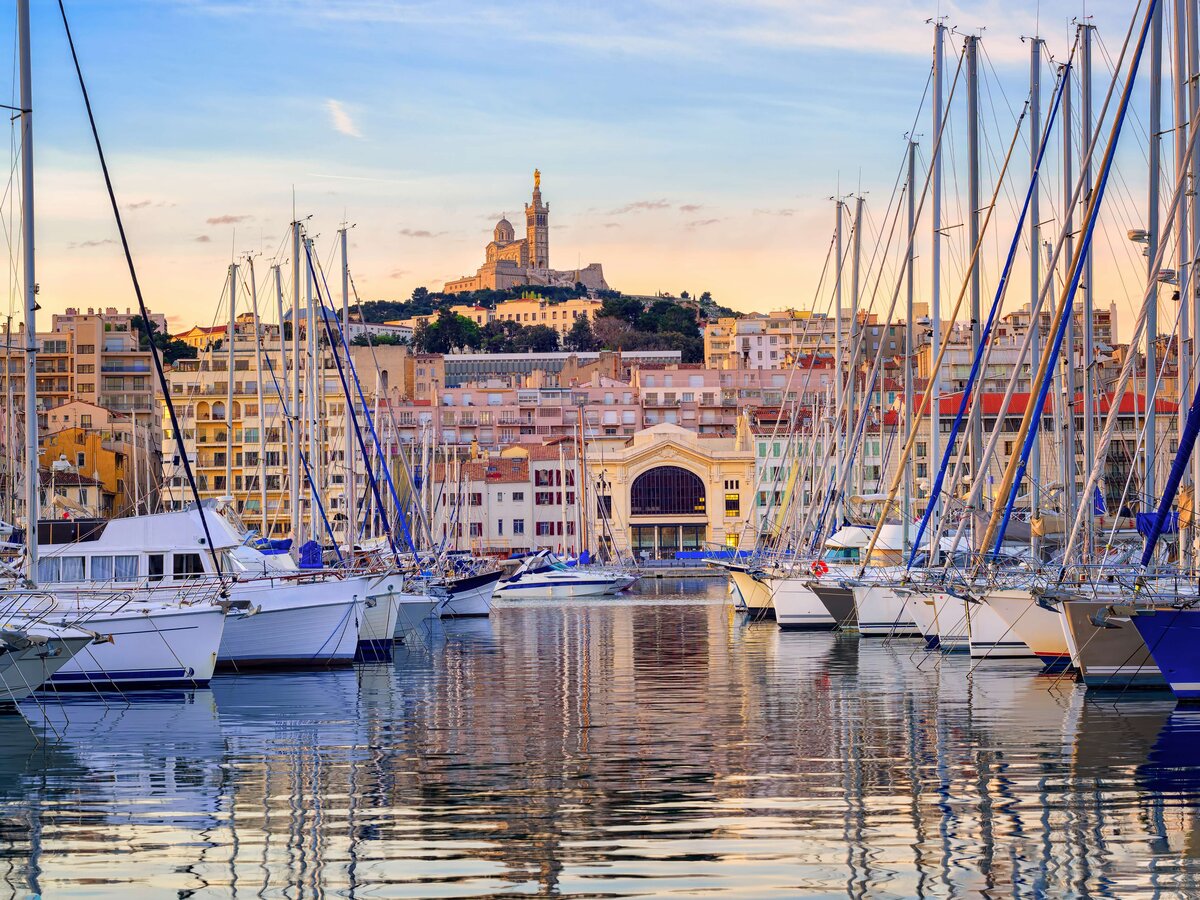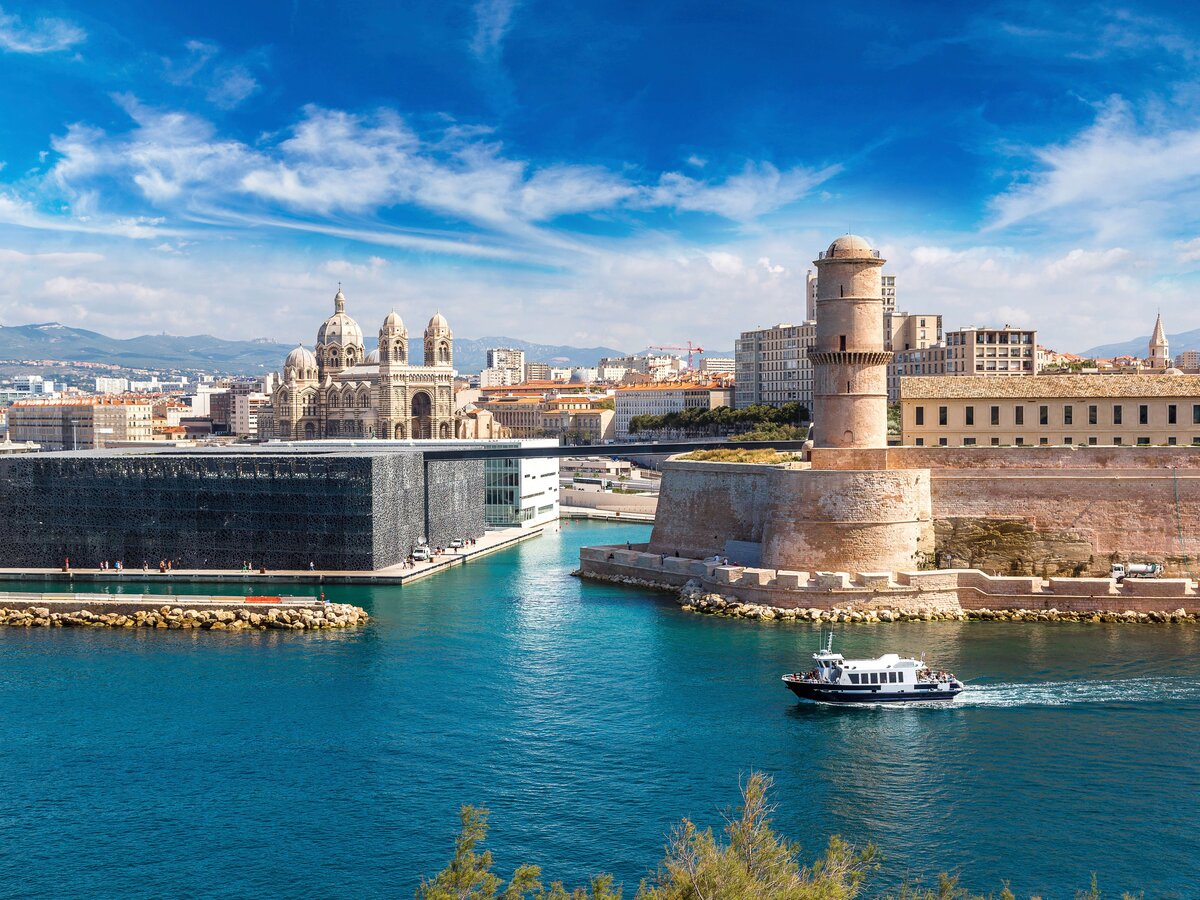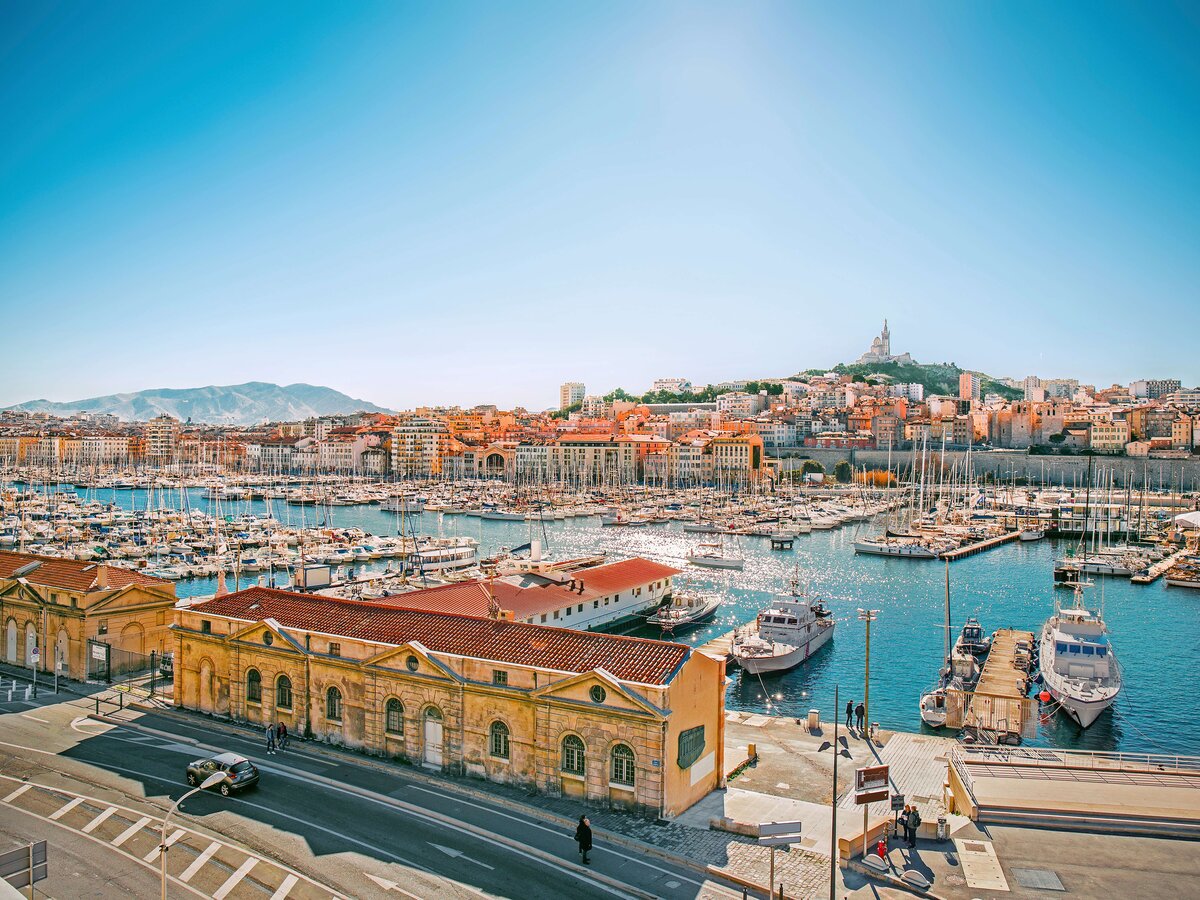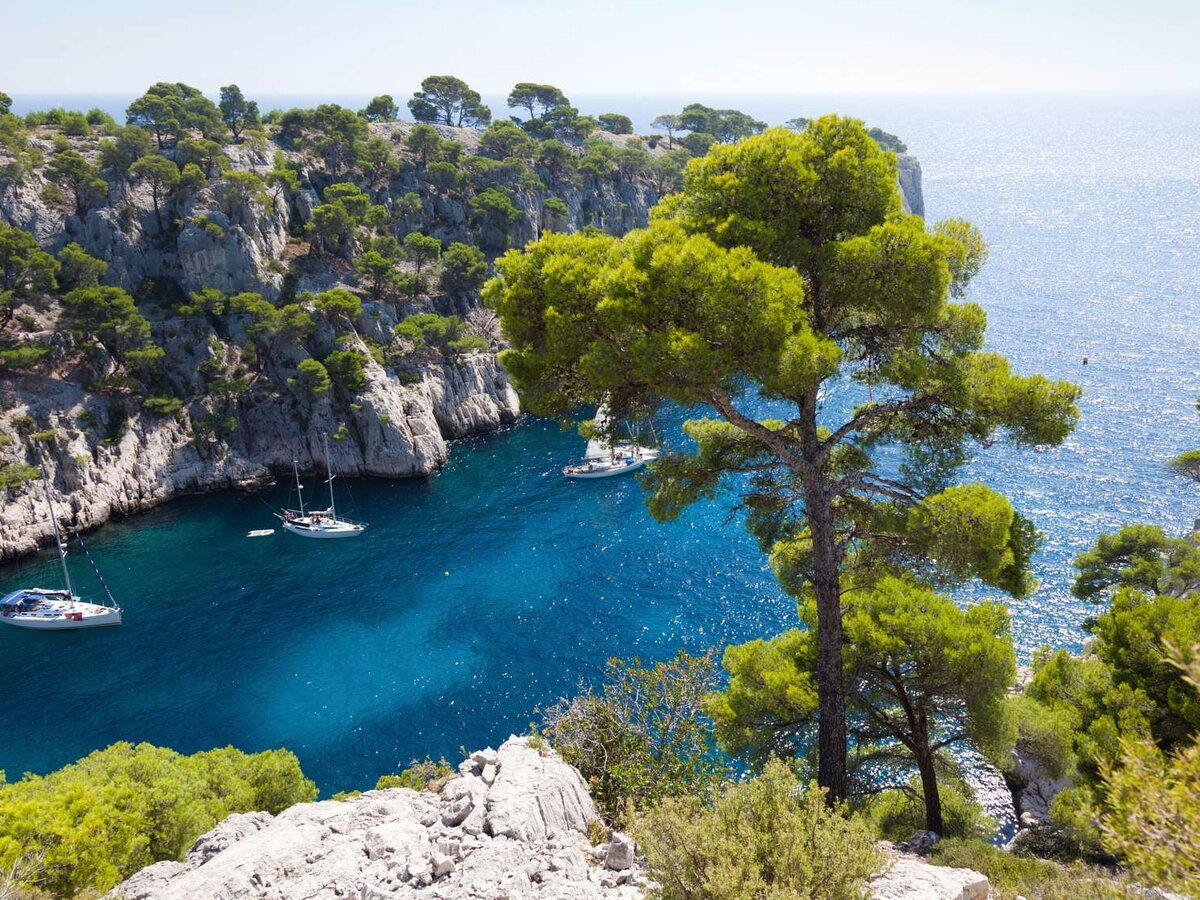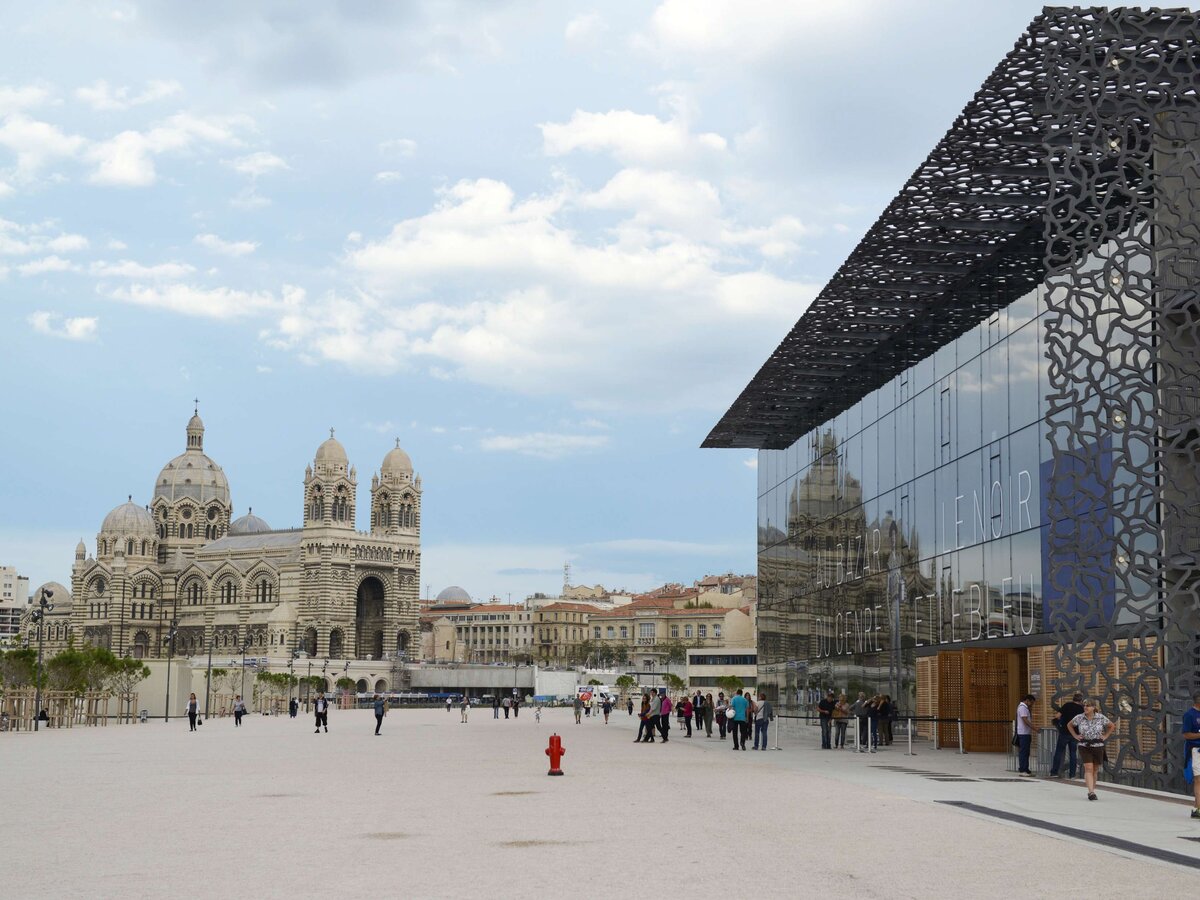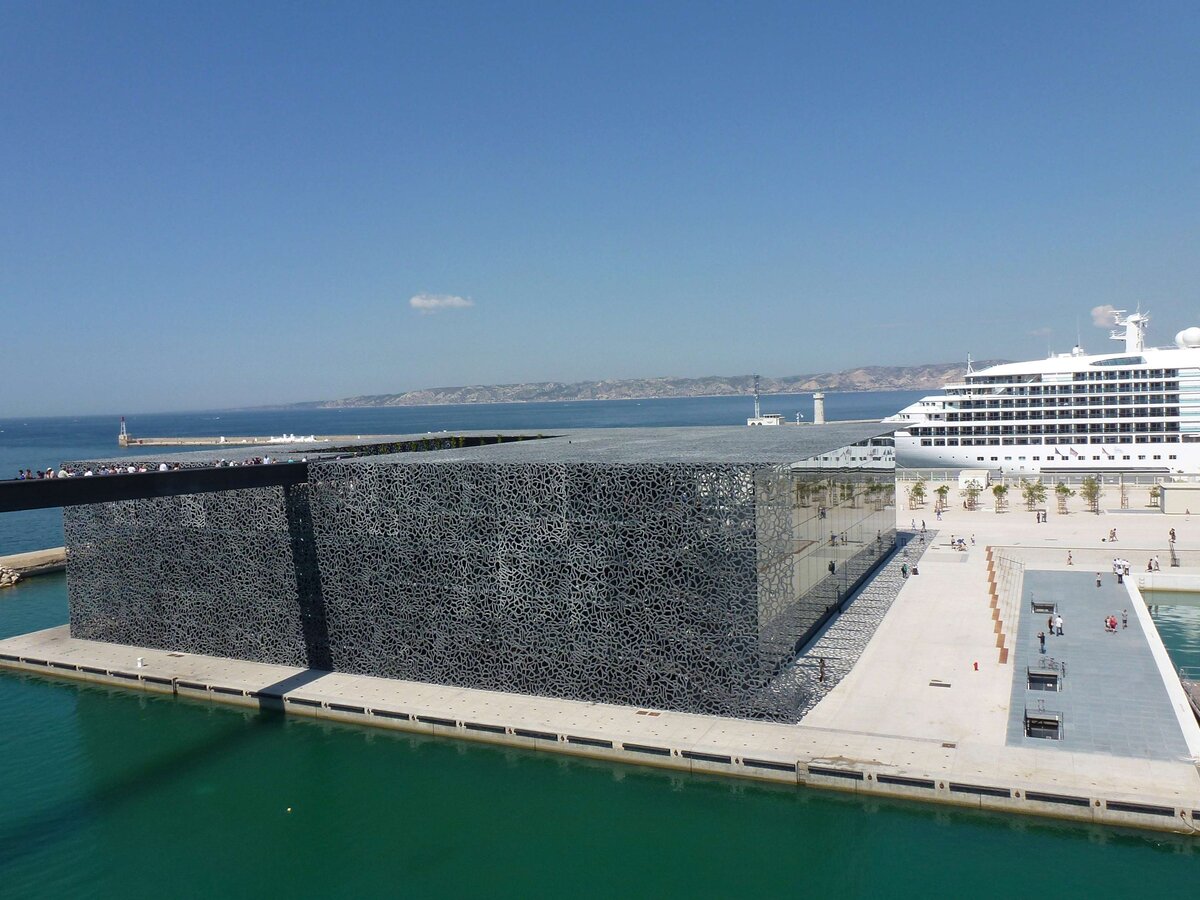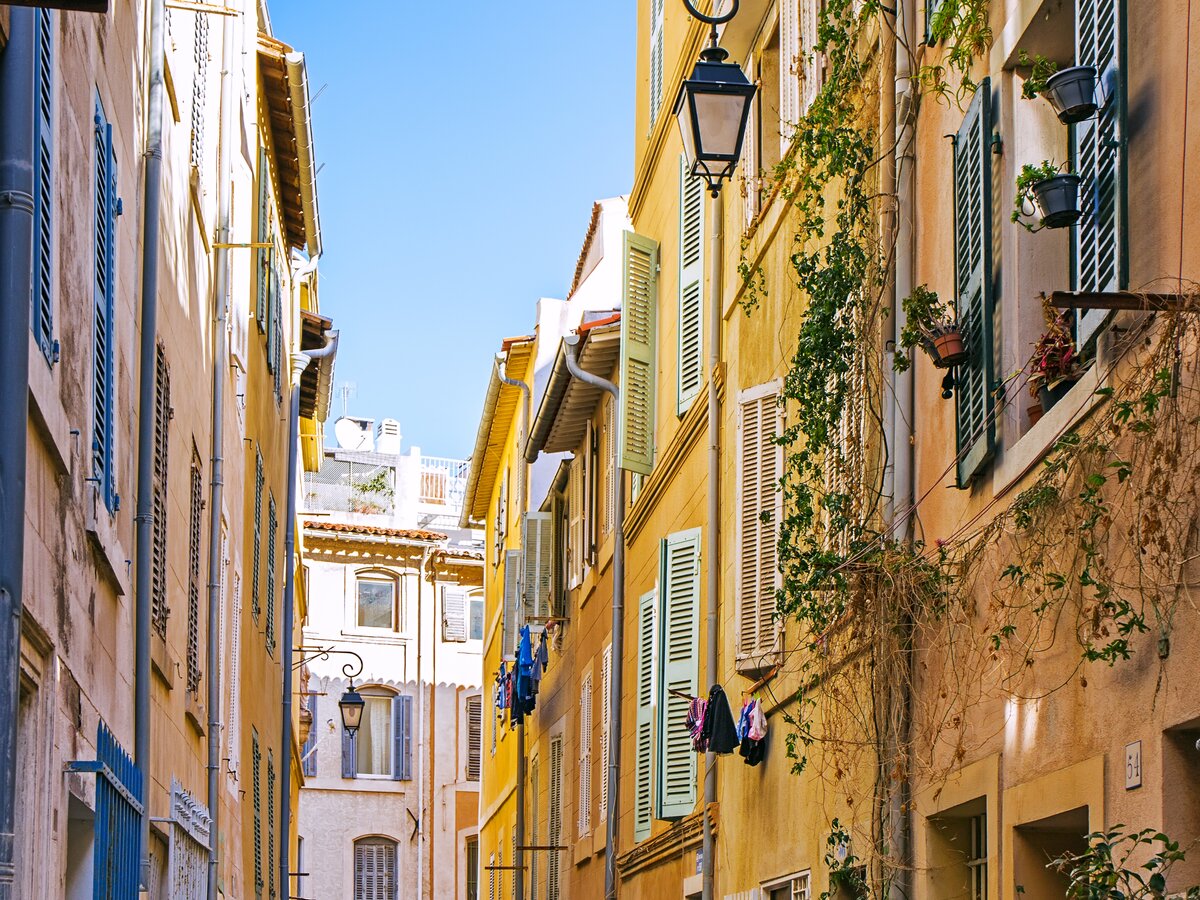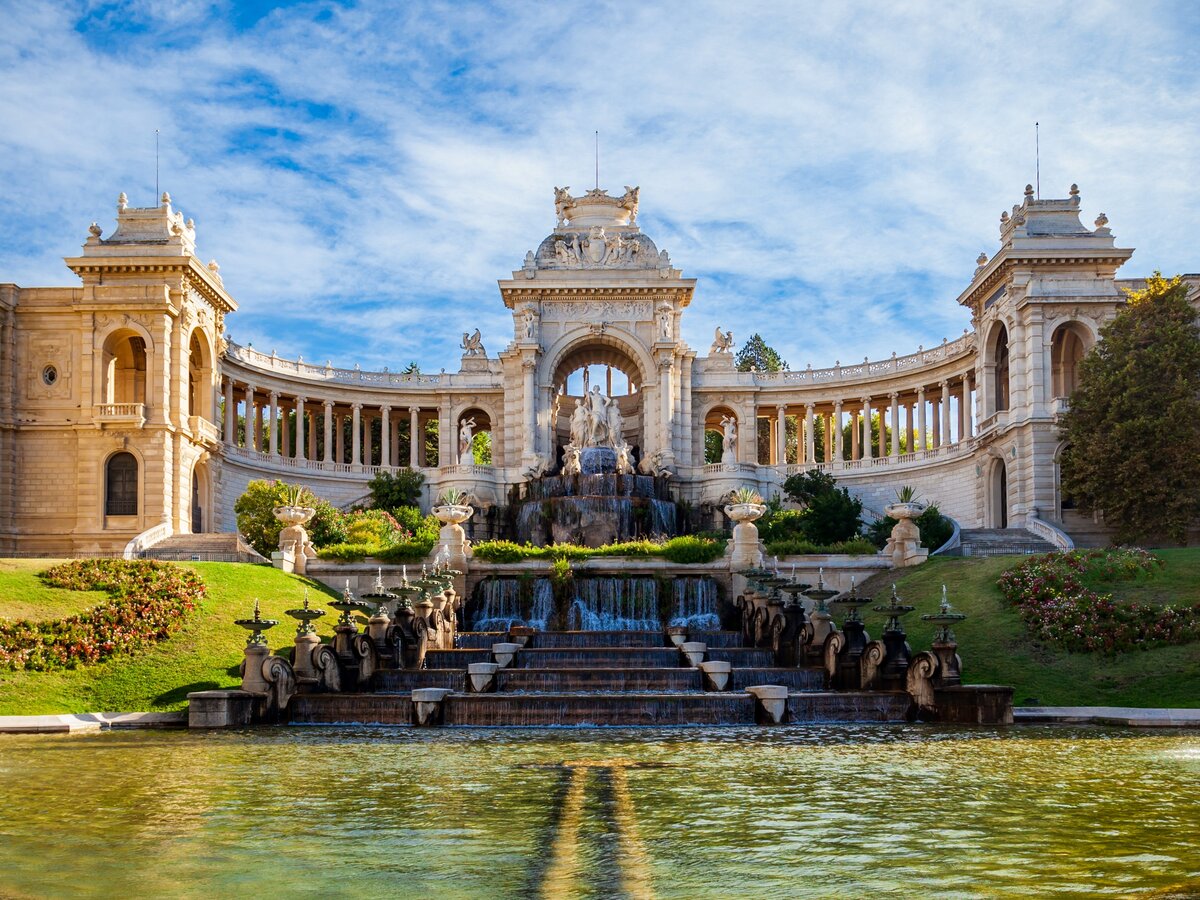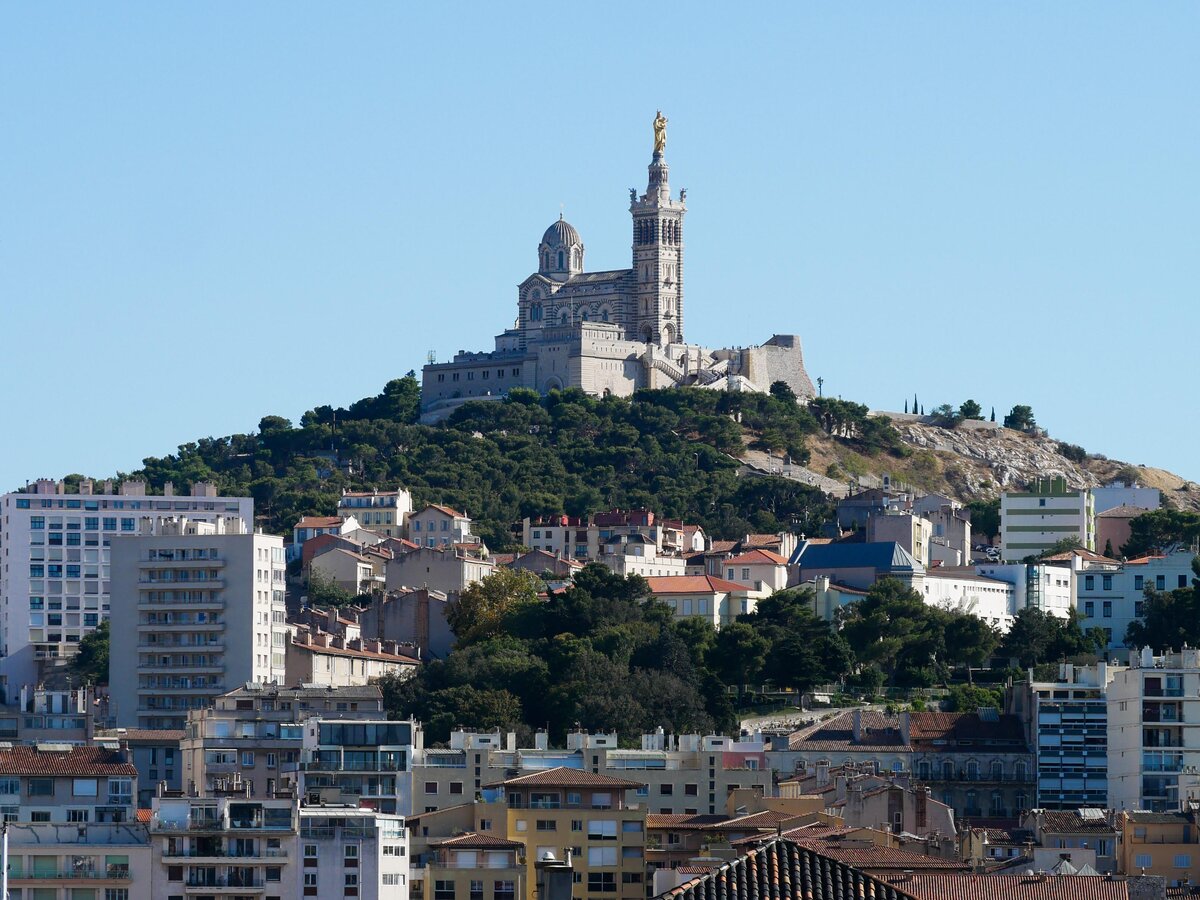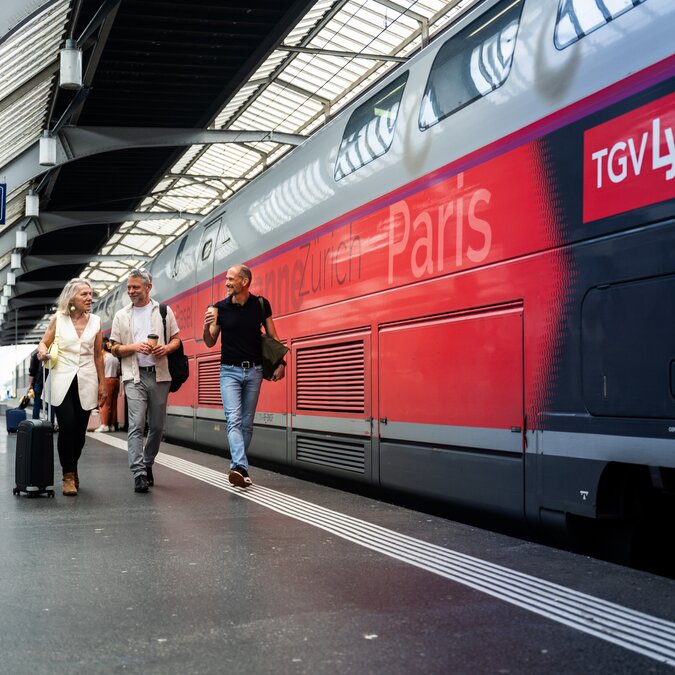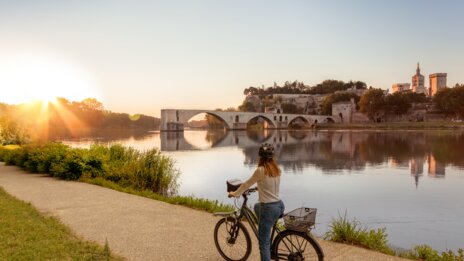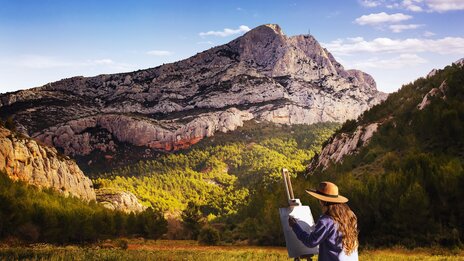Highlights
-
The historic heart of Marseille, the Vieux-Port is the ideal starting point for a stroll, a bouillabaisse or a boat trip to the Frioul islands.
-
With its colourful alleyways, artists' studios and flower-filled facades, Le Panier is a condensed version of Marseille's soul. Even more enjoyable out of season.
-
Enjoy panoramic views of the city and sea from the ‘Bonne Mère’, the spiritual and architectural emblem of Marseille.
-
On foot, by kayak or by boat, explore this unique national park of white cliffs, turquoise coves and wild paths. A luxury of tranquillity out of season.
-
The MuCEM, Museum of the Civilizations of Europe and the Mediterranean, has changed Marseille's appearance, improved its image and made the city an important cultural metropolis. It displays collections and special exhibitions dedicated to Mediterranean civilizations. The cubic and glazed building with its filigree concrete structure is situated on an artificial peninsula in the Old Port and is already one of the most visited museums in the world.



